Bargaining
One of the most important parts of being in a union is having the power to collectively bargain.
This means that we can put our resources and voices together and become a stronger voice when advocating for better wages and working conditions.
CUPE 30 represents different areas of the local, called “bargaining units”. These units represent the different sections of the local.
At any given time, CUPE 30 is either preparing, or sitting in, bargaining for one of these units. This page is intended to be a central hub for members to find information on the status of bargaining.
Bargaining Unit Updates
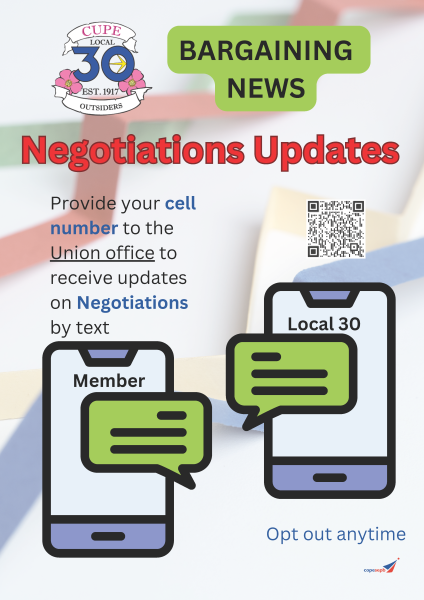
City of Edmonton
COE Bargaining Bulletins
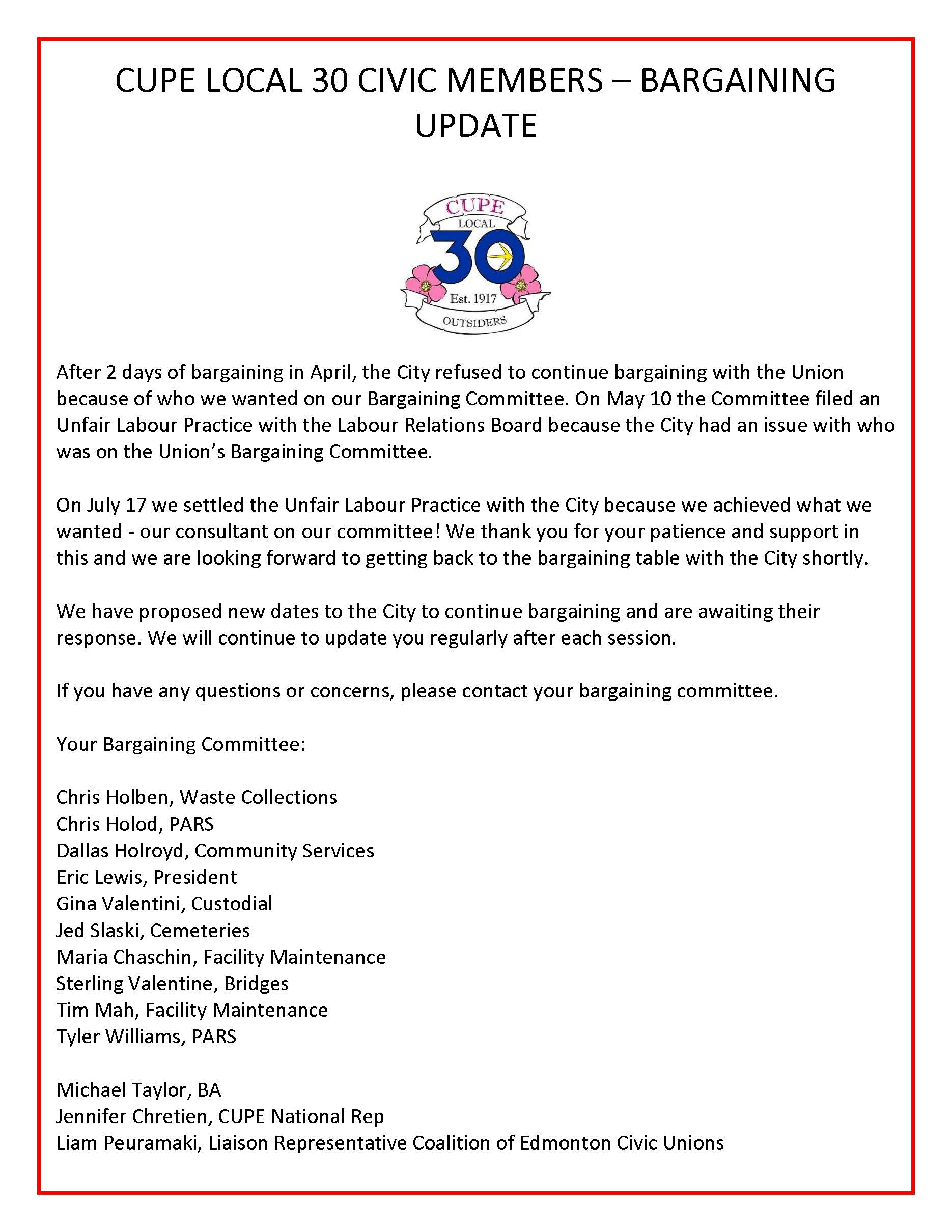


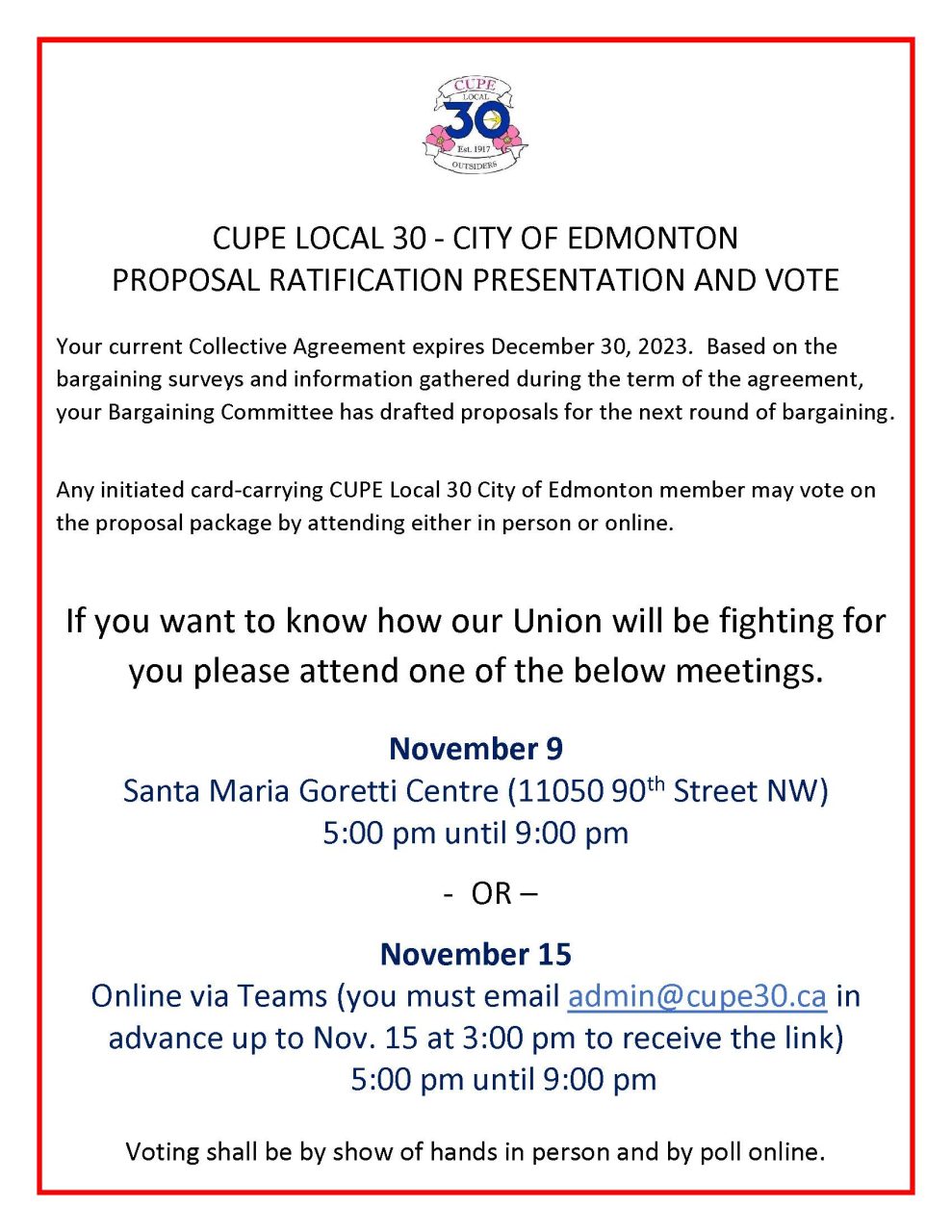
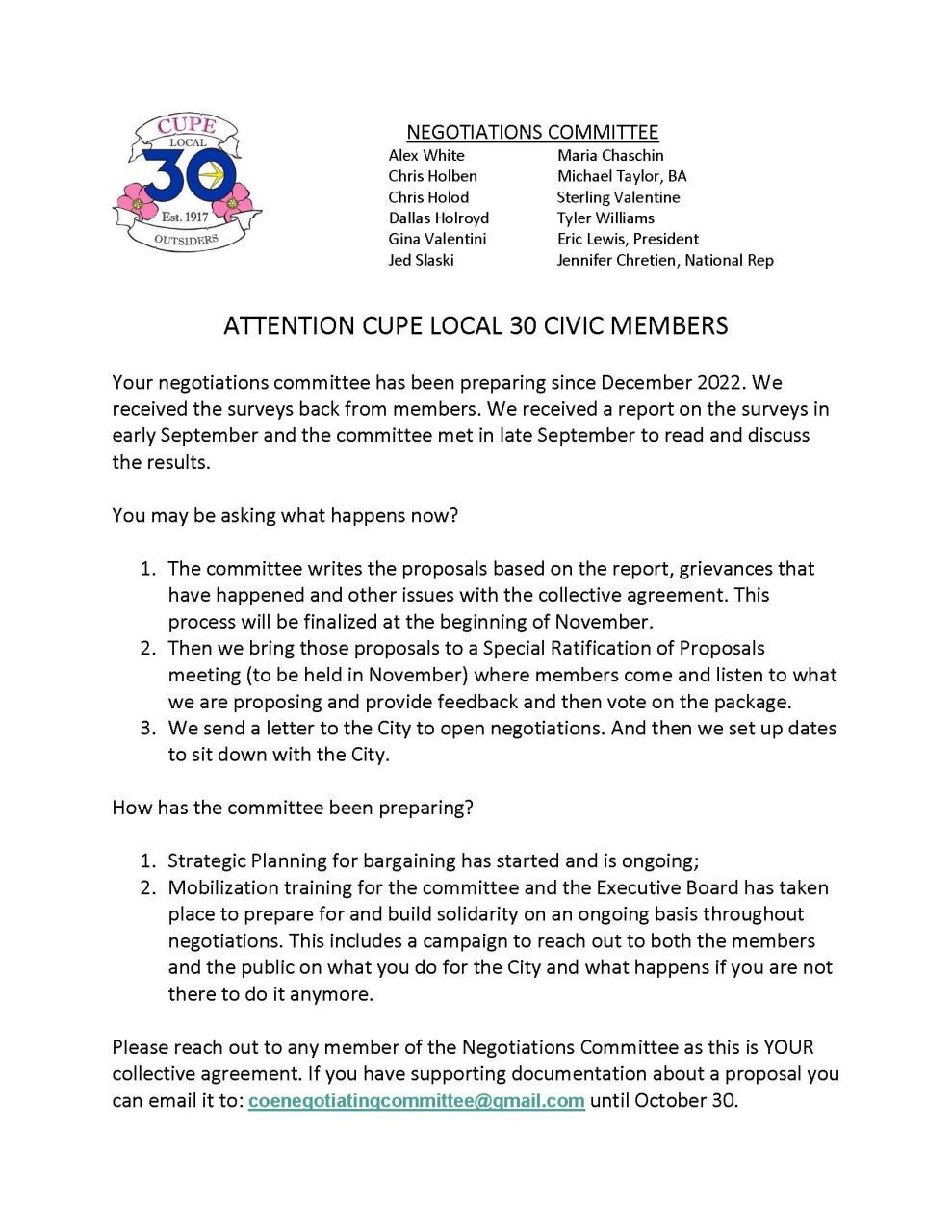
May 2024
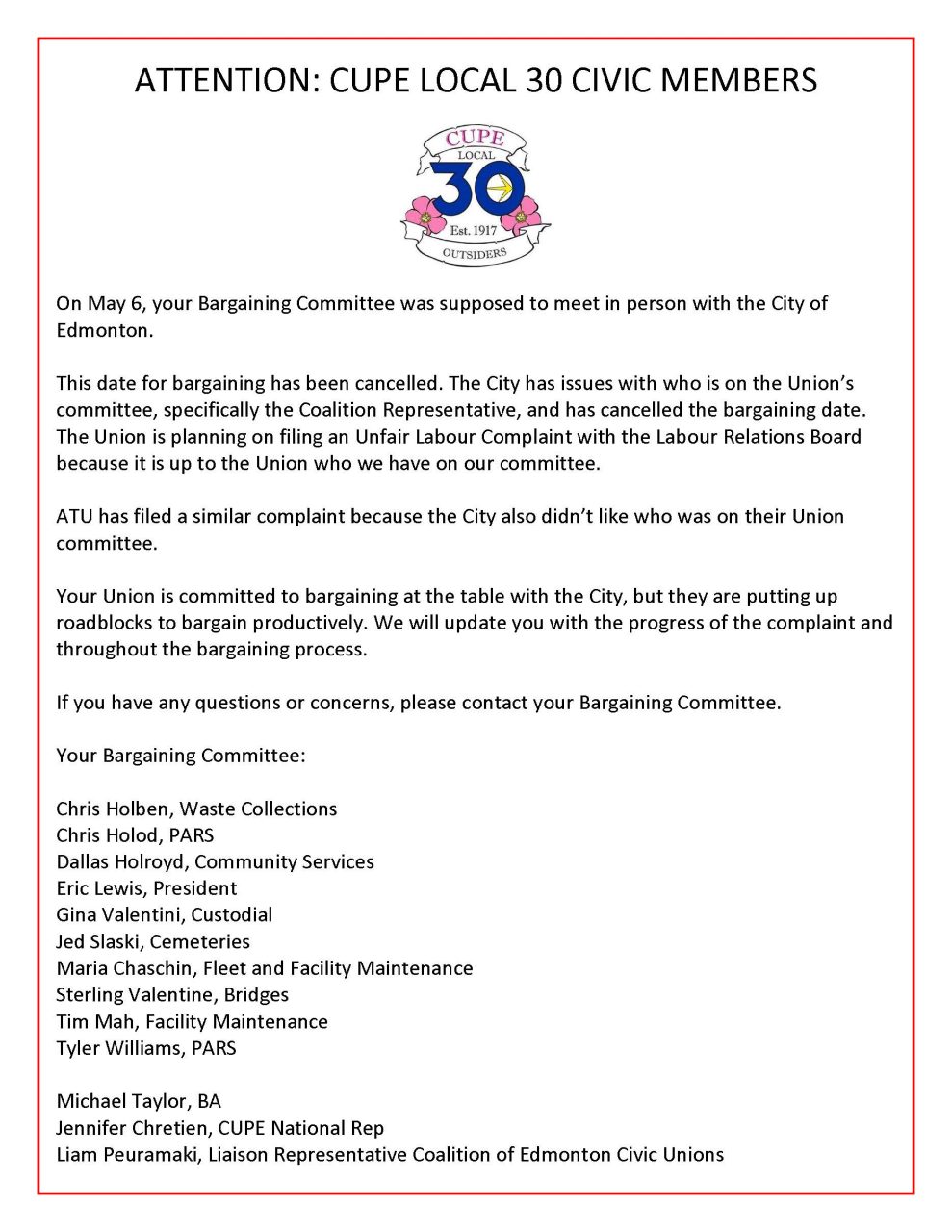
April 2024

March 2024
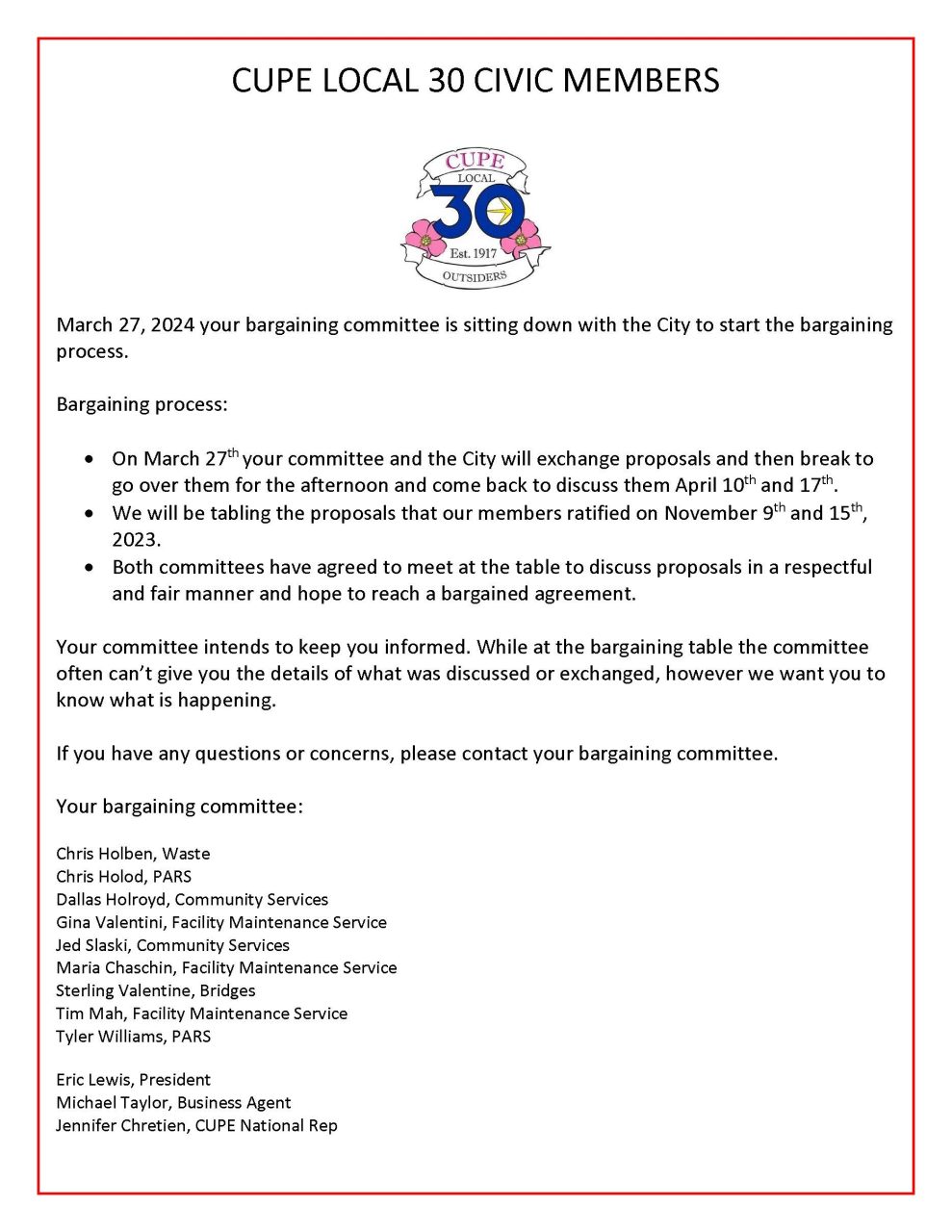
EPCOR
EPCOR Bargaining Bulletins
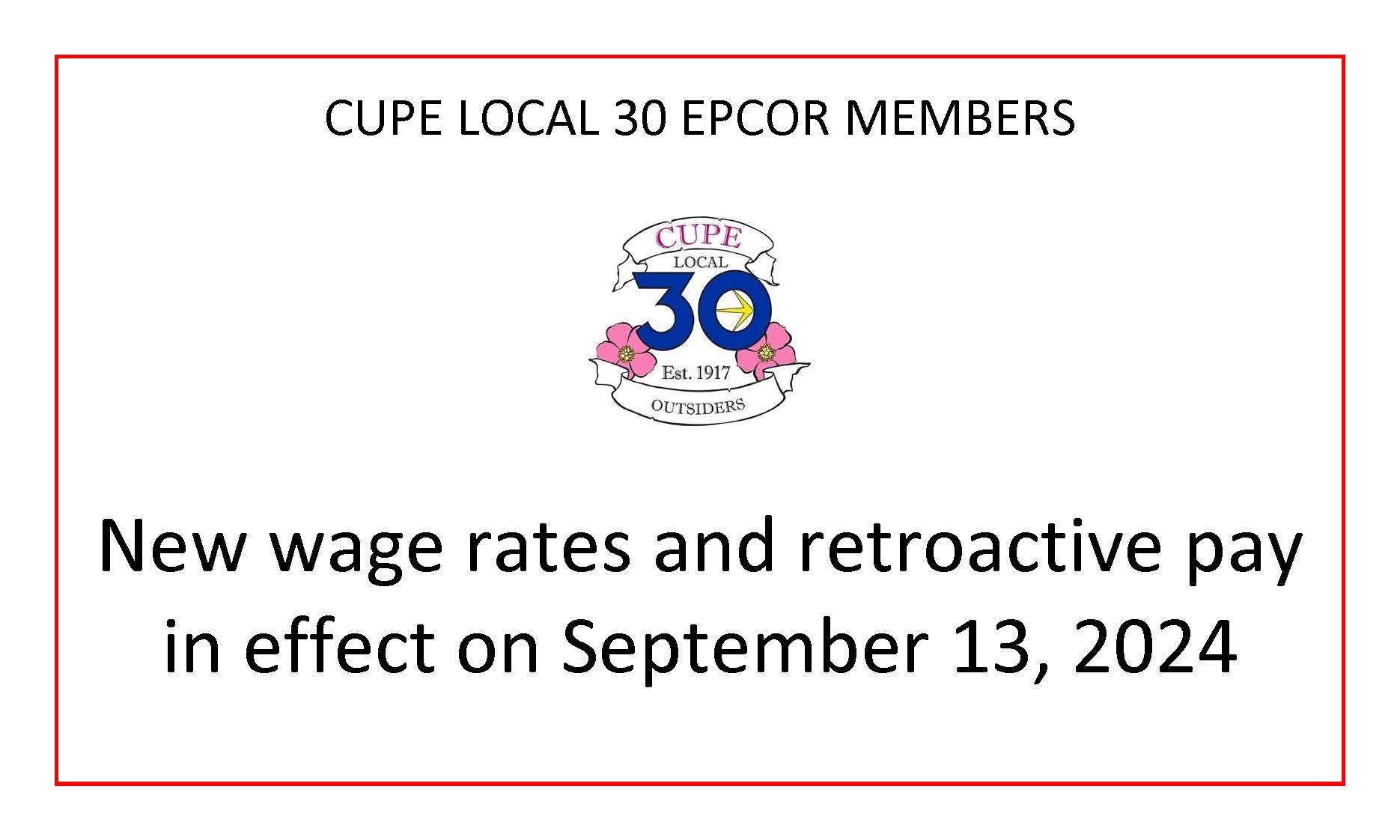


Click to see the Memorandum of Agreement
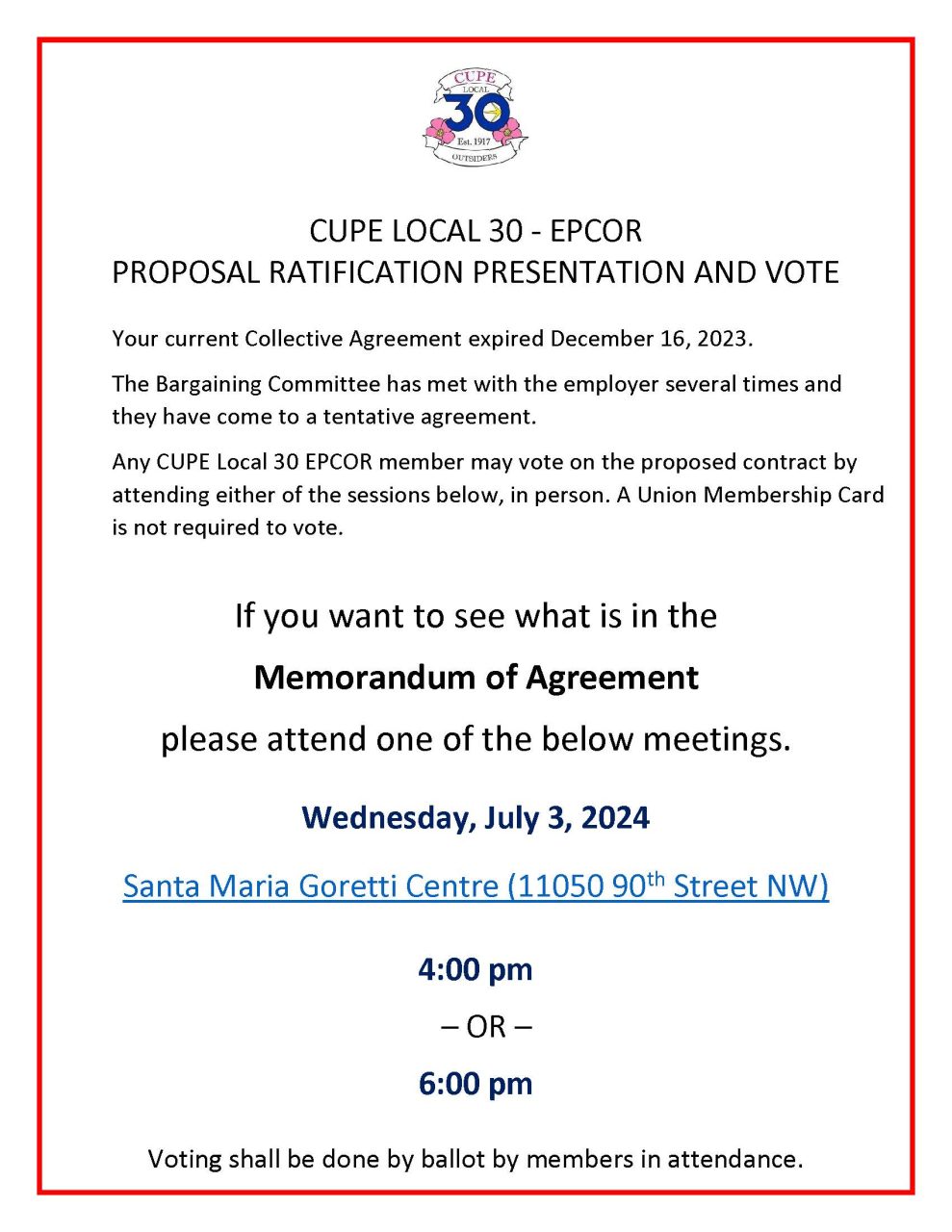
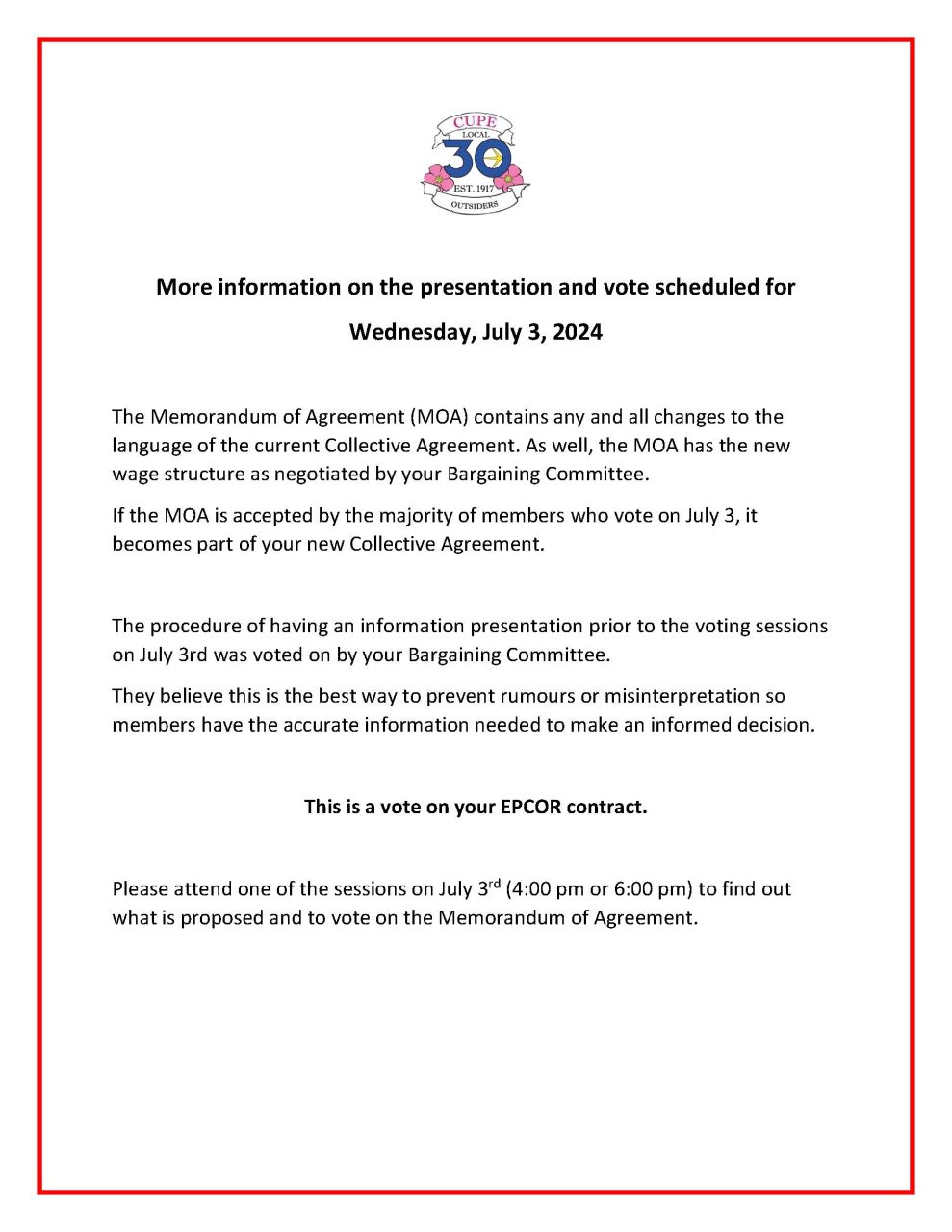
June 2024
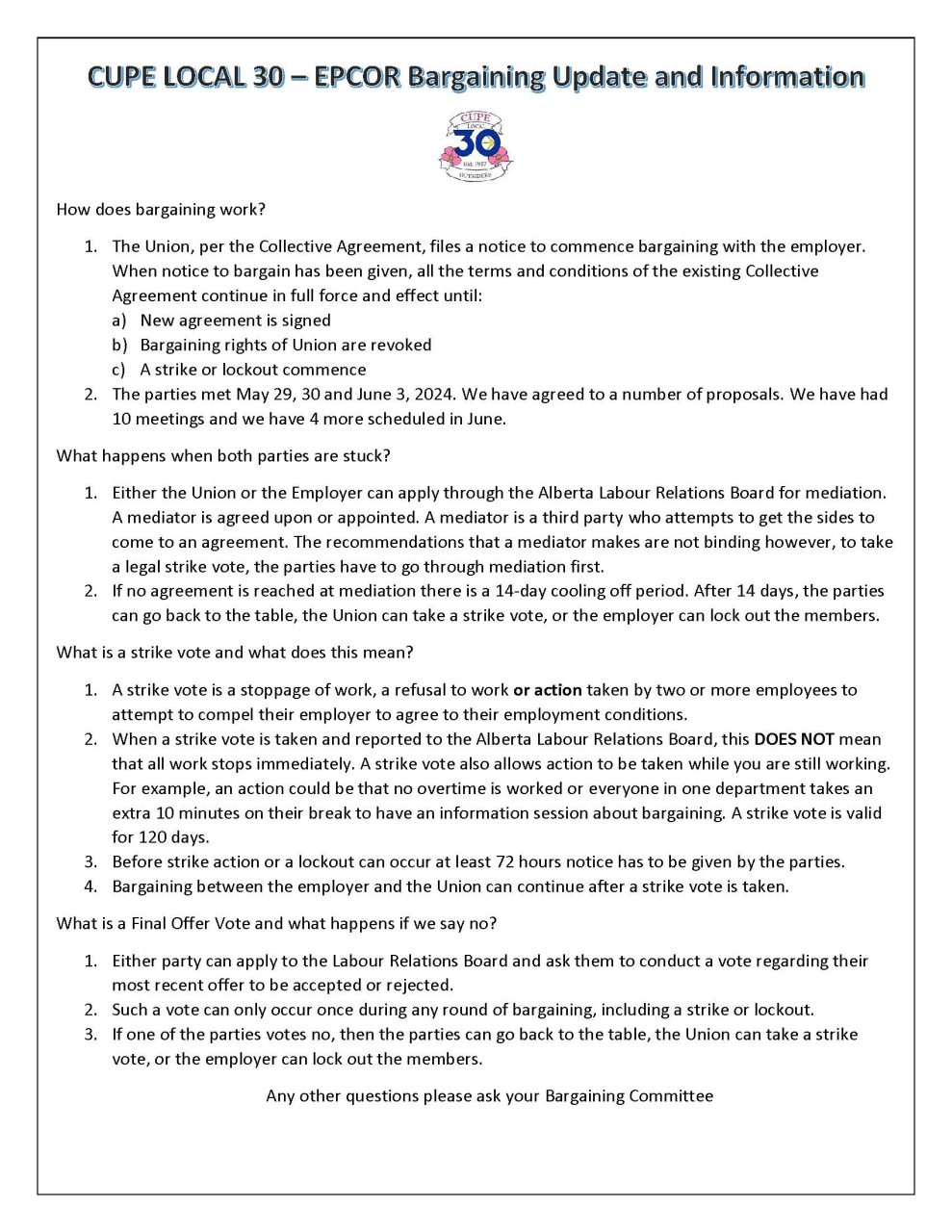
May 2024
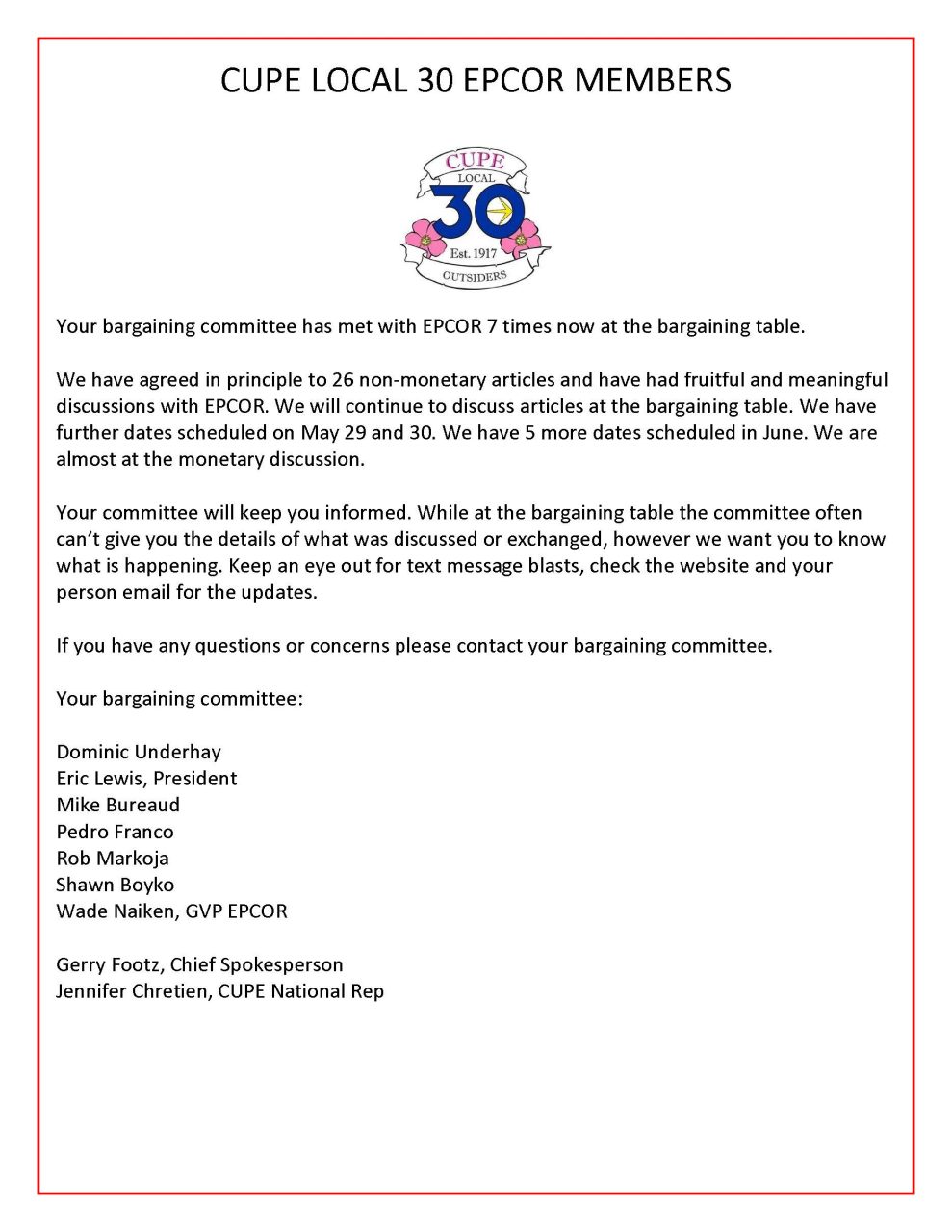
April 2024
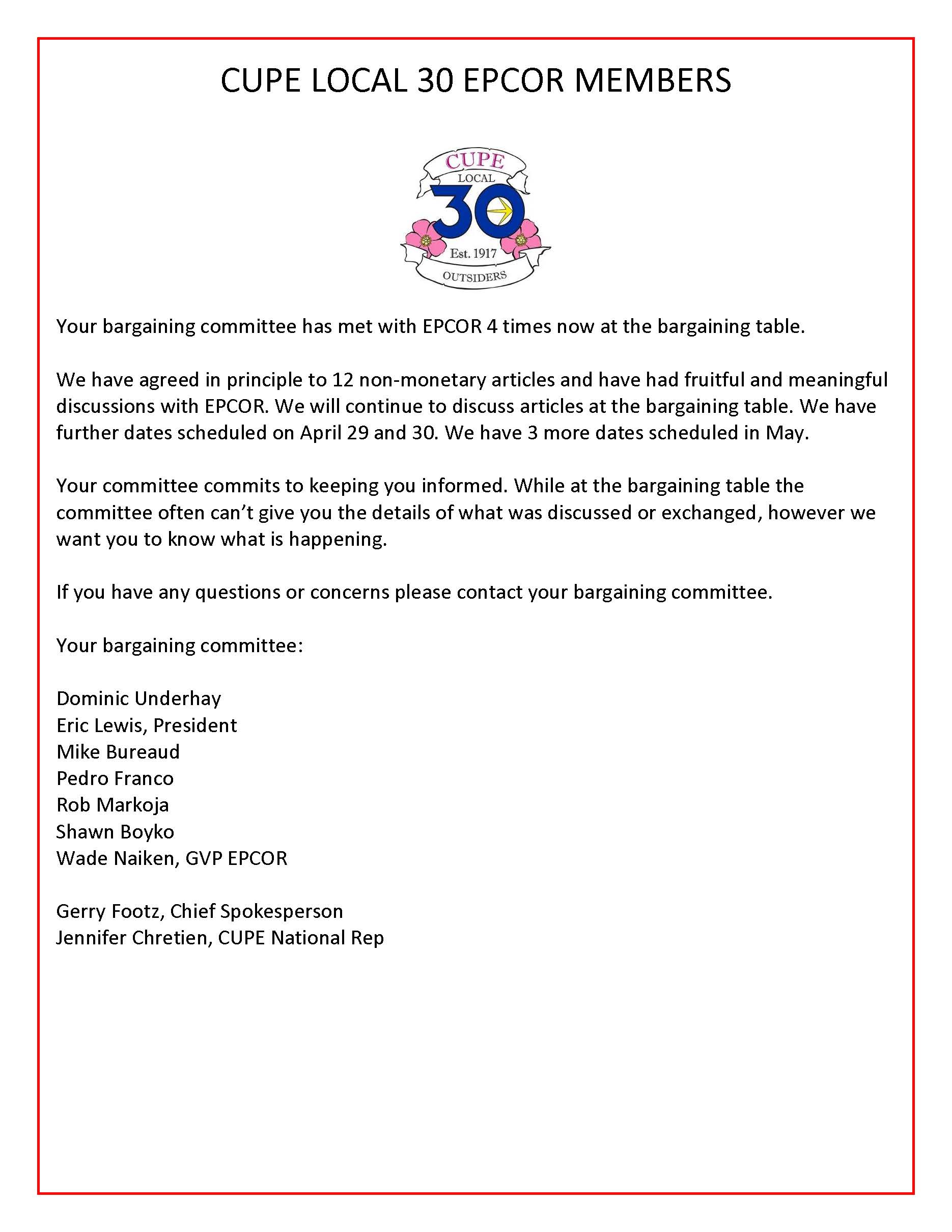
Feb. 2024
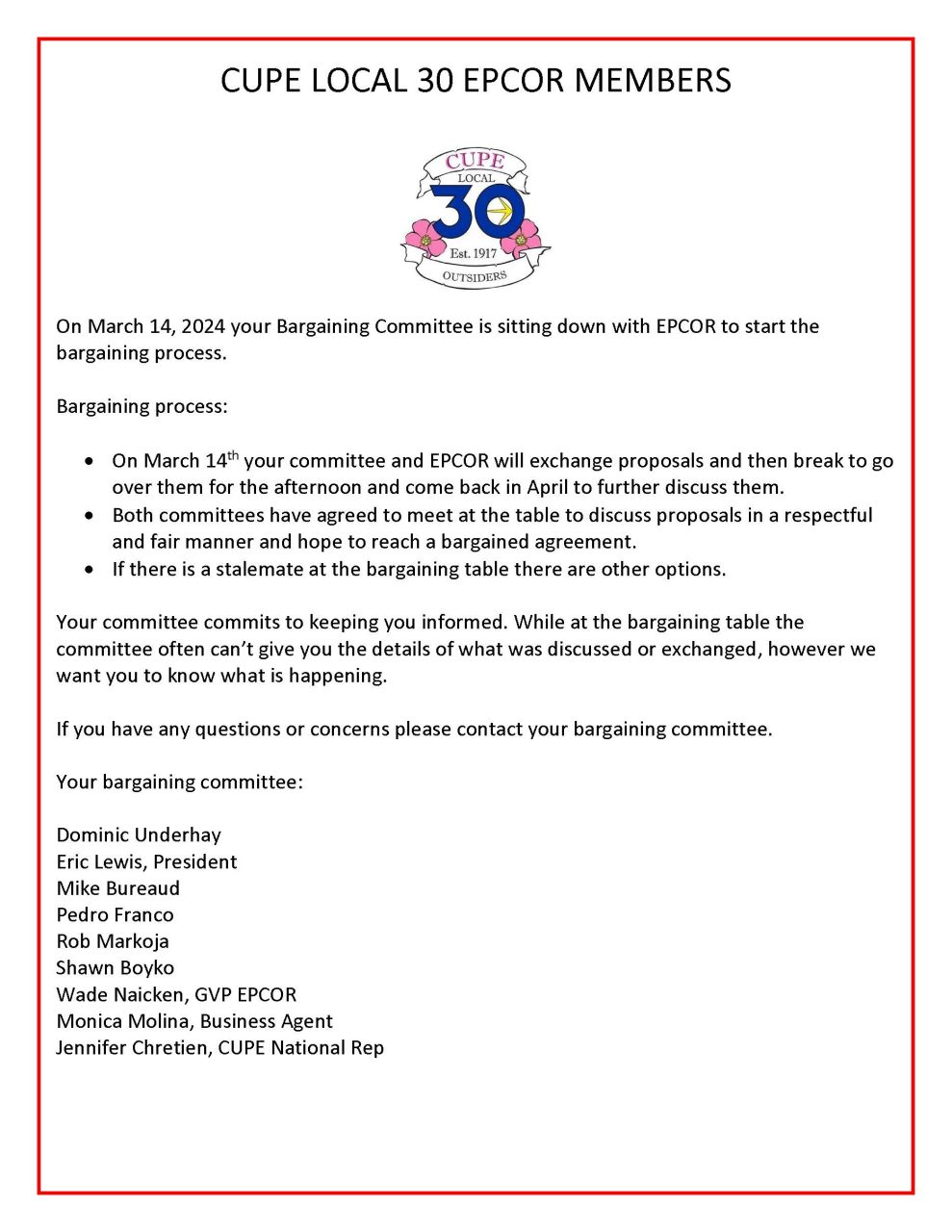
City of Ft. Saskatchewan
Explore Edmonton
How our Bargaining Process Works
This involves designating a lead negotiator. Identifying grievances that should be addressed. Identifying gaps in bargaining language. And establishing bargaining priorities.
The bargaining committee is the primary method of oversight during negotiations. Members are nominated and elected at a general meeting to represent the members of their bargaining unit.
a. Proposals are drafted based on issues reported by members, survey data received, and issues identified by the lead negotiator
a. Proposals are presented to members. Members then vote to give a mandate to the bargaining committee. Meaning that the committee is then permitted to bargain in the best interest of the members.
a. Proposals are exchanged at the first meeting between parties. Ground rules are set for appropriate conduct, how to exchange information, and dates for future meetings. Once proposals have been exchanged, neither side may present new proposals. This is meant to keep the negotiations from growing out of control.
a. Parties meet to discuss proposals. Generally, each day for bargaining will have an agreed upon agenda where issues from both proposals will be raised and discussed.
Branch 1. Both sides arrive at an agreement. Branch 2. The parties reach an impasse. When there is a breakdown in bargaining. A party must apply for mediation to discuss, to attempt to avert a work stoppage.
a. In either case. A new contract will be presented to the membership. At which point, the members have the opportunity to accept or reject the contract.
b. IMPORTANT choosing to accept or reject a work stoppage does not necessarily mean that there will be a work stoppage.
At any time, either side may present a “final offer” this is intended as the last best offer that either side may accept before a work stoppage occurs.
a. Prior to a work stoppage, the union must take a strike vote. This is different from a ratification vote. A strike vote is administered by the Alberta Labour Relations Board, and is taken very seriously.
a. Should the membership vote in favour of a strike vote, then the bargaining committee will then be authorised to call for a strike
a. Prior to any strike action, the union must take part in a legally mandated 14 day “cooling off period”. This is meant to see if a possible breakthrough can be achieved.
a. After the cooling off period. The union may authorise a form of strike, up to and including, a full work stoppage. This is when members begin their strike action.
b. During this time the union will hold frequent members updates and will coordinate picket lines from a centralised location
c. CUPE National and it’s 300,000 members across the country will work to support our CUPE local should this event occur
d. During this time, your bargaining committee will attempt to carry on negotiations with the other party
a. Once a settlement has been reached, the deal will be returned to the membership, and to city council to ratify the agreement.


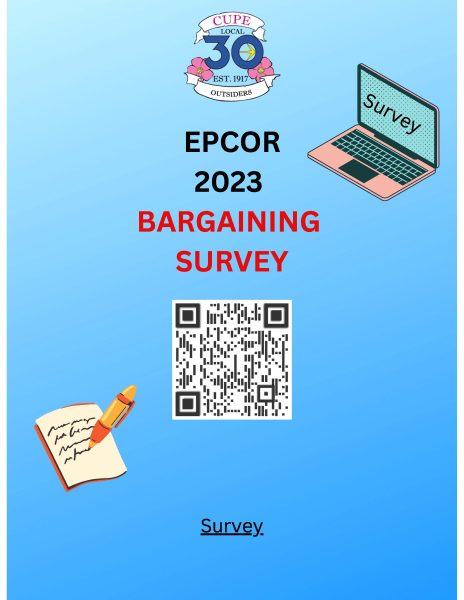 Toggle Content
Toggle Content